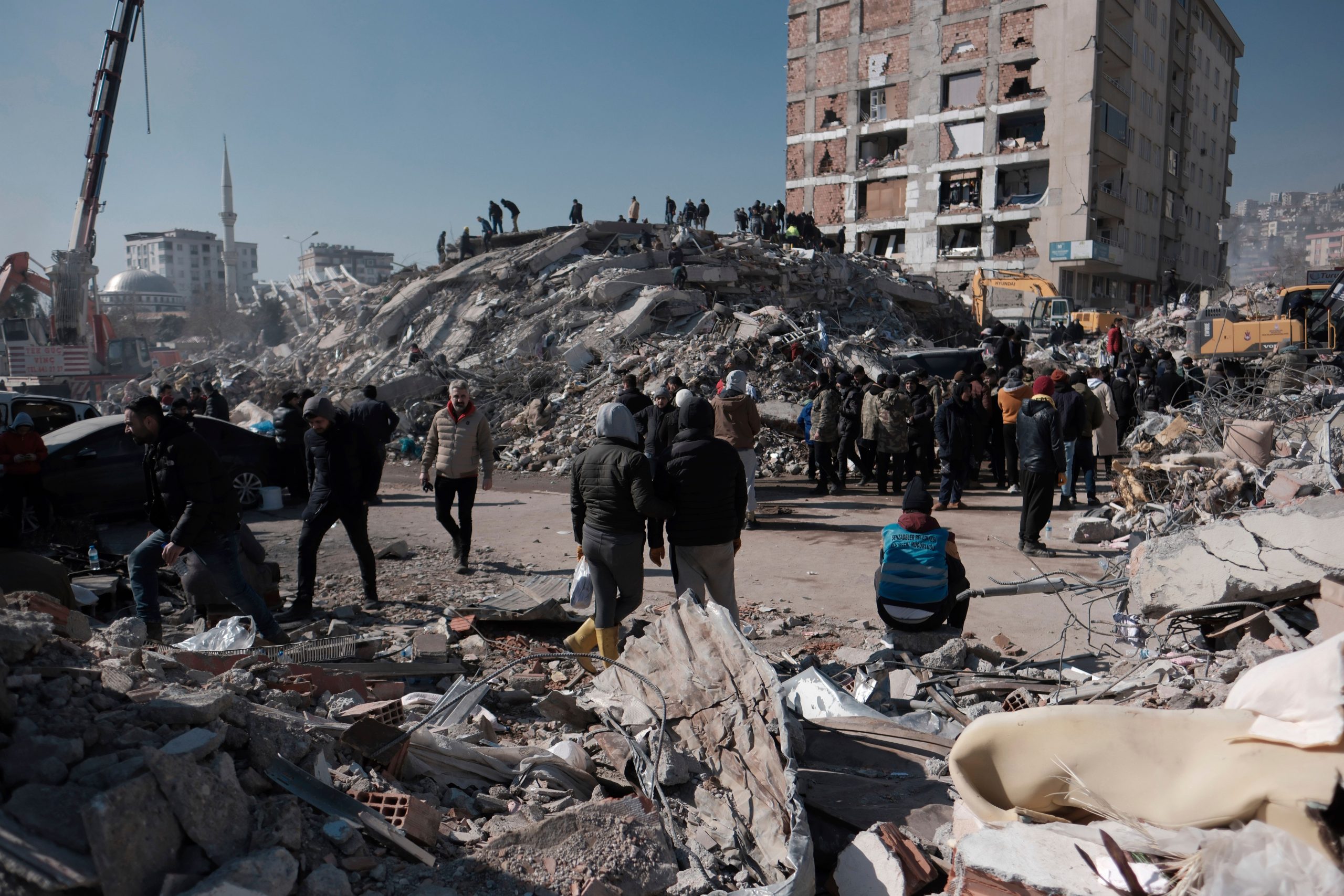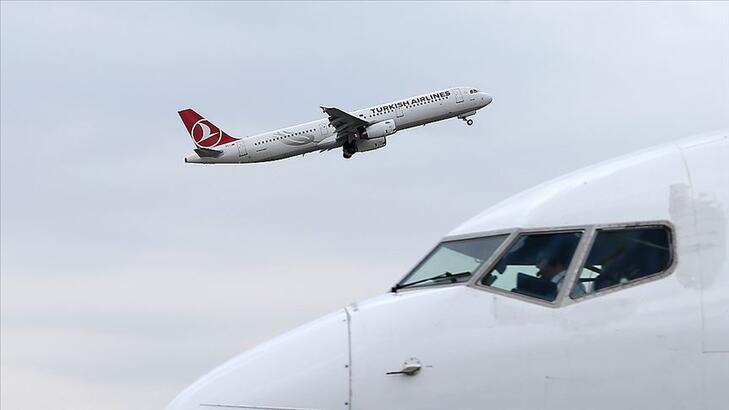Just a few hours after the quake, Karlsruhe-based Risklayer is already estimating casualty figures in the tens of thousands – at a time when still little is known from the affected area. But according to their latest forecast, the number could rise significantly.
In the first hours after the devastating quake in Turkey, no one yet knows the full extent. Initially, there is talk of about 40 deaths. But around the same time, a company specializing in the analysis of natural disasters publishes its own estimate: “(…) about 11,400 deaths (3200 to 25,900) and about 14 billion USD in damage (6.5 to 23 billion). Not good!” reads a tweet from Risklayer, posted just three hours after the quake. A few hours later, the estimate is revised upward to 29,200 fatalities.
2. Update:
Mit unserem Risklayer CATDAT-Modell rechnen wir jetzt mit rund 29.200 Todesopfern insgesamt von dem #Türkei #Syrien #Erdbeben (mittlere Schätzung).
Min-Max Range: 9.390 bis 64.800.Mit zusätzlichen Daten aus dem Gebiet und dem 2. Beben hat sich das Modell erhöht.
— Risklayer (@risklayer) February 6, 2023
Only after four more days does it become clear how frighteningly close Risklayer was with his forecasts. By Friday, nearly 23,000 deaths are counted in Turkey and Syria, but thousands more are suspected under the rubble. How did Risklayer, a spinoff of the Center for Disaster Management and Risk Reduction Technology at the Karlsruhe Institute of Technology, come up with such quick predictions?
“Fast damage estimates for 14 years”
“We’ve been doing rapid damage estimates after earthquakes for 14 years,” Risklayer CEO James Daniell replied by email in response to an inquiry from ntv.de. Since 2010, he has also been jointly responsible for the earthquake data website Earthquake-report.com. A few years ago, this was already able to make a prediction about fatalities and economic damage within 30 minutes of an earthquake anywhere in the world.
Risklayer’s disaster magnitude calculations draw on CATDAT, a massive database of historical disaster losses developed by Daniell since 2003. “CATDAT uses a huge amount of data on building types, past death rates, past earthquakes, socioeconomic data, disaster relief data, and building codes, including time of day,” Daniell writes. This data, which ranged from 1900 to 2022, would be used to generate lightning-fast damage estimates for new events.
Many data points improve prediction
“The more earthquakes there have been in the past in the country in question, the better the model,” Daniell said. “In Turkey, there have been a lot of earthquakes, so there are a lot of data points.” In Syria, on the other hand, there haven’t been as many events in the past – and given the conflict, there are also quite a few uncertainties, such as how it was built or where people live, he said.
What’s the advantage to the quick analyses? Quickly available information is key to understanding the scale and impact of disasters, Risklayer’s website says. “Residents need to know what happened in their neighborhoods, and governments and businesses want to know what impact this could have on their livelihoods.”
New estimate at over 50,000 dead
In the case of the quake in Turkey, Risklayer was initially correct in estimating casualties in the tens of thousands. But since then, the company has continued to revise its estimates upward. The latest update: On Thursday, Risklayer tweeted, “Unfortunately we have had another day of increased damage in several cities (mainly in the south) and some refinements to the model,” it said in English. As a result, the current fatality estimate is now 52,355.
The timeline on Feb. 6, 2023.
2:17 a.m. and 2:28 a.m. CET: Near the Turkish city of Gaziantep, not far from the border with Syria, the earth shakes. The situation is unclear. The exact number of victims is not known.
5:19 a.m.: “Damage estimate (…): about 11,400 deaths (3200 to 25,900) and about 14 billion USD damage (6.5 to 23 billion). Not good!”, tweets Risklayer. Shortly after, a new tweet: This time, the estimate of deaths is revised upward to 16,800.
5:39 a.m.: Media report that at least 38 people have died in the earthquake.
8:21 a.m.: “320 deaths confirmed in #Syria, 284 in #Turkey so far, but unfortunately it will be much, much more,” Risklayer tweets.
11:20 a.m.: The death toll in Turkey has risen to 912, according to Turkish President Recep Tayyip Erdogan. More than 500 deaths are reported from Syria.
11:55 a.m.: Risklayer tweets another correction to the estimate: “Using our Risklayer CATDAT model, we now expect around 29,200 total fatalities (…).”
Feb. 10, 2023
3:57 p.m.: The death toll rises to 19,338 in Turkey alone, with more than 77,000 people injured, Turkish President Erdogan says. The latest death toll from Syria is 3384 – a combined total of 22,722 recorded deaths in the two countries.





